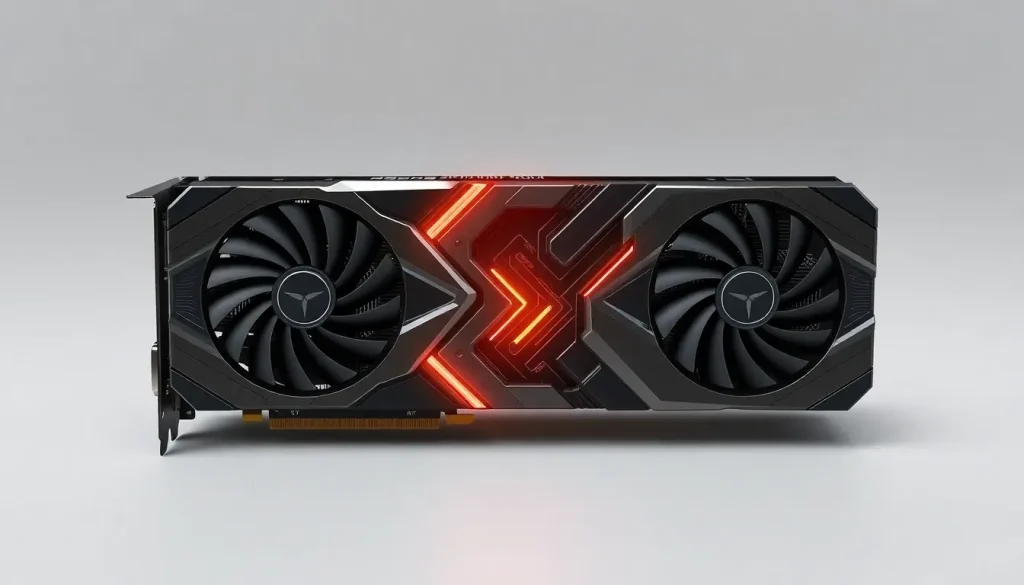ASUS reveals how they built the world's most expensive GPU RTX 5090D

In the rapidly evolving world of technology, few components have captured the imagination and wallets of consumers quite like graphics cards. As the demand for high-performance gaming and sophisticated graphics processing continues to surge, prices have soared, making accessibility a concern for many. Among the myriad of choices, one card stands out, not just for its performance, but for its extravagant design and unparalleled price tag: the ASUS RTX 5090D ROG Astral Real Gold Edition, an awe-inspiring creation that features 5 kg of solid gold.
This GPU isn't just about raw power; it represents a remarkable fusion of engineering, artistry, and luxury. As we delve into the intricate details surrounding its creation, we uncover a tale of ambition, craftsmanship, and the relentless pursuit of excellence. Let's explore how ASUS brought this opulent piece of technology to life, and what it means for the future of high-end graphics cards.
Unveiling the RTX 5090D: A Masterpiece of Craftsmanship
The journey of the RTX 5090D ROG Astral Real Gold Edition is nothing short of extraordinary. The project commenced as a modding initiative, where ASUS sought to push the boundaries of what a graphics card could represent. However, what began as a creative idea morphed into a complex engineering challenge, demanding not only creativity but also rigorous technical expertise.
The construction of this GPU took an astonishing 8 months, with engineers conducting over 10 failed attempts before achieving the desired quality. Each iteration was a learning process, refining techniques and materials to ensure that the end product met the highest standards of luxury and performance.
Materials and Design: The Gold Standard
Central to the RTX 5090D's allure is its lavish use of gold. The final product incorporates a remarkable 5 kg of gold throughout its structure, including the housing, frame, and backplate. This not only enhances the aesthetic appeal but also contributes to the card’s thermal management capabilities. Here’s a breakdown of the materials used:
- Gold Housing: Formed through a meticulous casting process.
- Frame and Backplate: Crafted from solid gold, polished to perfection.
- Original Disipator: Retains its original design but is electroplated in gold for a striking finish.
The Innovative Production Process
The creation of the RTX 5090D involved a series of intricate steps, each demanding precision and expertise. The process began with the crafting of a mold that would serve as the foundation for the GPU's frame. Following this, the gold was melted and poured into the mold, initiating the formation of the housing and backplate.
Once the initial casting was completed, the components underwent rigorous polishing. This meticulous attention to detail ensured that the gold surfaces not only looked stunning but also adhered to the performance standards expected of a high-end graphics card. The final assembly included:
- Applying a gold electroplating on the original heatsink to enhance its visual appeal.
- Securing the fans to the housing with custom screws for optimal performance.
- Final inspections to guarantee that every aspect of the card met ASUS's stringent quality criteria.
Market Impact and Collector's Value
The RTX 5090D is more than just a graphics card; it is a statement piece. Initially valued at €461,800 based solely on the gold content, its actual market worth transcends monetary value. This GPU has attracted attention from collectors and enthusiasts alike, culminating in its acquisition by a private collector shortly after its announcement.
This sale not only emphasizes the RTX 5090D's status as a luxury item but also highlights a growing trend in the tech world where exclusivity and craftsmanship command premium prices. Coupled with a charitable aspect, the proceeds from this sale were donated to a charity organization affiliated with Bilibili, further enhancing its legacy.
Future of Luxury in Tech: What Lies Ahead?
The ASUS RTX 5090D ROG Astral Real Gold Edition sets a precedent for the future of high-end graphics technology. As manufacturers explore innovative materials and designs, we can expect the emergence of more luxury tech products aimed at affluent consumers. This evolution raises several questions:
- Will we see more tech companies venturing into luxury markets?
- How will this affect the accessibility of high-performance components for the average consumer?
- What new materials and technologies might emerge as the next standard in luxury tech?
The Broader Context: The Gaming Hardware Market
The exorbitant prices of graphics cards, particularly those in the NVIDIA lineup, reflect broader market dynamics influenced by supply and demand, technological advancements, and consumer expectations. Over the past decade, we have witnessed significant price increases:
- Mid-range GPUs that were once around €300 now exceed €600.
- High-end models, which used to be priced at €500, now often start at over €1,200.
- The introduction of the RTX 5090D at a staggering €461,800 exemplifies just how far the market has shifted.
Visual Showcase: Witnessing the Gold GPU
For those interested in seeing the ASUS RTX 5090D in action, a detailed video showcases its creation and features. This visual representation brings to life the intricate details and craftsmanship that define this extraordinary GPU:
As we look to the future, the RTX 5090D serves as a reminder of the intersection between technology and luxury, challenging our perceptions of what a graphics card can be. With its blend of performance, artistry, and exclusivity, it stands as a landmark achievement in the world of gaming hardware.




Leave a Reply